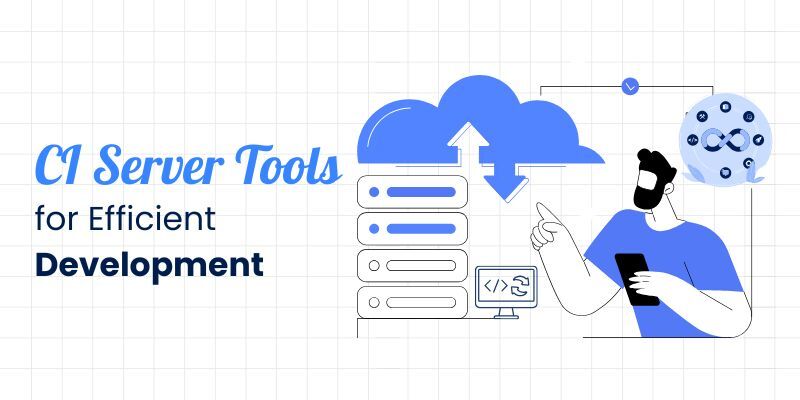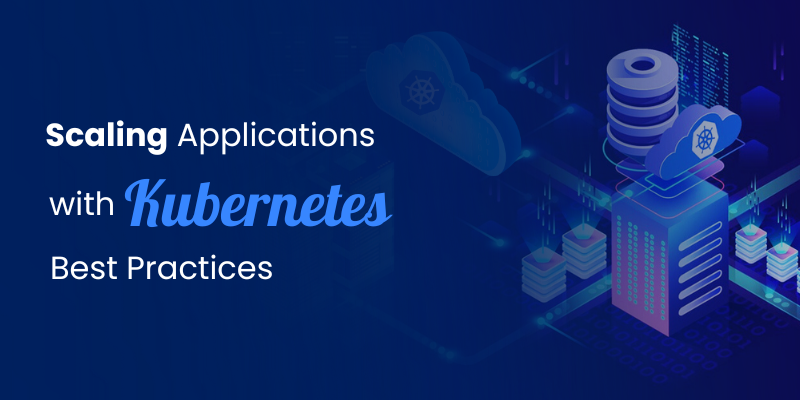
In today’s fast-paced business world, companies need to be agile, efficient and innovative to stay ahead of the competition. One way to achieve this is through the combination of automation and integration. Automation can eliminate manual and repetitive tasks, while integration can connect different systems and data sources, creating a unified and streamlined workflow.
Together, they can bring significant benefits to businesses, including improved efficiency, enhanced decision-making, better customer experience and increased agility. In this blog, we will explore the benefits of automation & integration and how they can help businesses achieve growth and success in today’s competitive landscape.
What is Automation?
Automation refers to the use of technology and software to perform tasks or processes with little or no human intervention. It involves the use of machines, computers and other programmable devices to perform repetitive, time-consuming and complex tasks that were previously performed by humans. The goal of automation is to increase efficiency, reduce human error and improve consistency and quality in the output of a process or system.
Automation can be achieved through various methods such as scripting, robotics, artificial intelligence and machine learning. It typically involves defining a set of rules or procedures that guide the automated system or process. The process uses sensors, data analysis and feedback mechanisms to ensure that the automation is performing as expected. Automation can bring significant benefits to businesses and organizations. These include,
- Increased productivity
- Reduced costs
- Improved quality
- Faster time-to-market
One example of automation is the use of robotic process automation (RPA) in business processes. An RPA tool can automate the processing of invoices, where it reads invoices, extracts relevant data and enters it into a database, eliminating the need for manual data entry. This can save significant time and reduce errors.
Another example of automation is the use of chatbots in customer service, where they can automatically answer common questions and redirect customers to appropriate resources, freeing up customer service representatives to handle more complex inquiries.
Similarly, Microservices architecture has gained popularity in recent years due to its flexibility and scalability. However, managing a large number of microservices can be a challenge. Automation can help address this challenge and enables businesses to leverage the benefits of microservices.
Microservices automation is essential for the successful implementation of microservices architecture. It can help reduce operational complexity, improve reliability and accelerate delivery. Microservices automation can help with monitoring and managing microservices. With the right automation tools and platforms such as BuildPiper, teams can monitor and manage microservices seamlessly.
The Endless Benefits of Automation
Automation has the potential to revolutionize the way businesses work. Here are some benefits of automation:
- Increased Productivity: Automation can help complete tasks and processes faster and more efficiently. This enables organizations to produce more output in less time.
- Reduced Costs: Automation can help reduce labour costs, as fewer human workers are needed to perform repetitive tasks. Additionally, automation can help reduce the costs associated with errors and rework.
- Improved Quality and Accuracy: Automation can help ensure consistency and accuracy in the output of a process. This reduces errors and defects.
- Faster Time-to-Market: Automation can help organizations develop and produce products faster, giving them a competitive advantage in the market.
- Increased Flexibility: Automation can help organizations quickly adapt to changing market conditions or customer needs, by allowing them to adjust processes and systems more quickly and efficiently.
- Better Data Management: Automation can help organizations collect and analyze data more efficiently, enabling them to make more informed decisions for improvement.
The benefits of automation can help organizations become more efficient, competitive and profitable. The process improves team productivity as it frees them from repetitive and tedious tasks.
What is Integration?
Integration is the process of connecting different systems, applications or software to work together seamlessly, exchanging information and data across platforms. The goal of integration is to create a unified system that functions as a whole, instead of separate and disconnected parts. Integration involves integrating different software applications, databases, APIs or even hardware systems to work together. This can involve developing custom software or middleware to enable communication between different systems. It also uses pre-built integration solutions to connect different applications. Integration helps organizations to
- Streamline business processes
- Improve system efficiency
- Gain better visibility into data & operations by consolidating information from multiple sources into a single system or dashboard
- Faster time to market
An example of integration is the integration of a customer relationship management (CRM) system with an enterprise resource planning (ERP) system. By integrating these two systems, a business can get a more comprehensive view of its customers, including their purchase history, preferences and interactions with the company. This integration can help streamline processes, such as order processing and customer support, by providing relevant data to different teams in real time.
[Good Read: Revolutionizing DevOps Transformation With BuildPiper]
The Pros of Integration
Integration can provide a more comprehensive view of business data. This enables teams to make well-informed decisions for yielding better business outcomes. Here are some benefits of integration:
- Improved Efficiency: Integration can automate processes and eliminate manual data entry. This reduces the overall time and effort required to complete tasks.
- Increased Productivity: Integration can help employees work more efficiently by providing them with access to real-time information from multiple sources in a single location.
- Better Data Accuracy: Integration can help ensure that data is consistent and up-to-date across all systems thus reducing errors and inconsistencies.
- Enhanced Customer Experience: Integration can provide customers with a seamless and consistent experience across different channels and touchpoints. This improves their overall satisfaction.
- Reduced Costs: Integration can help reduce costs by eliminating redundant processes and improving operational efficiency.
- Improved Visibility and Reporting: Integration can provide organizations with better visibility into their data and operations. This enables them to make more informed decisions and identify areas for improvement.
- Scalability and Flexibility: Integration can help organizations scale and adapt to changing business needs by enabling them to quickly and easily add new systems or applications.
Integration can help organizations become more efficient and competitive while improving customer experience and reducing costs.
The Role of Integration and Automation in Driving Business Growth
Combining integration and automation can bring significant benefits to businesses and help them achieve growth. Here are some ways how,
- Streamlined Workflows: Integration allows different systems and applications to work together seamlessly, while automation can help automate repetitive tasks. Together, they can streamline workflows, eliminate manual tasks and reduce the risk of errors. This saves time and increases efficiency.
- Better Data Management: Integration can help businesses consolidate and unify data from different sources, making it easier to manage and analyze. Automation can then be used to extract insights from the data, allowing businesses to make informed decisions and identify new opportunities for growth.
- Enhanced Customer Experience: Integration can help businesses provide a better customer experience by connecting different channels. Automation can then be used to personalize the experience, providing customers with relevant and timely information, thus improving their overall satisfaction.
- Improved Agility: Integration and automation can help businesses respond quickly to changing market conditions and customer needs. By automating workflows and processes, businesses can adapt to new situations faster and more efficiently.
- Cost Savings: Integration and automation can help businesses reduce costs by eliminating manual processes, reducing mistakes and optimizing resources. This can free up resources to invest in other areas of the business to boost innovation and growth.
By leveraging the power of automation to eliminate manual tasks and combining it with integration to connect different systems and data sources, businesses can streamline workflows, improve data management, enhance decision-making and provide a better customer experience.
As businesses continue to embrace DevOps transformation, automation and integration will become even more critical for success. Those enterprises that adopt these approaches will surely be at a competitive advantage.
The Combination of Automation and Integration in DevOps
Automation and integration are vital for a successful DevOps implementation. DevOps teams work to bridge the gap between development & operations. Automation can streamline their workflows by eliminating manual and repetitive tasks, freeing up team members to focus on higher-value work. Integration helps connect different tools and systems, creating a unified and streamlined workflow.
The combination of automation and integration can help boost the efficiency and effectiveness of DevOps teams, accelerating the delivery of high-quality software and driving business growth.
By leveraging the power of automation, integration, collaboration, and continuous delivery, a DevOps platform such as BuildPiper can help you streamline your software development process, increase efficiency and reduce time to market. BuildPiper can enable all of this out of the box and make your Kubernetes & Microservices Journey, hugely rewarding!
Here’s how we enabled a modern eCommerce platform for a new product launch within 5 days. Take a look!
Explore the other interesting features of this powerful DevOps platform including Managed Microservices Automation & Delivery, Managed Kubernetes, Secure Setup of Delivery Pipelines and Security Compliance & Observability.
To discuss your critical business scenarios and DevOps concerns, Schedule a Demo NOW!



